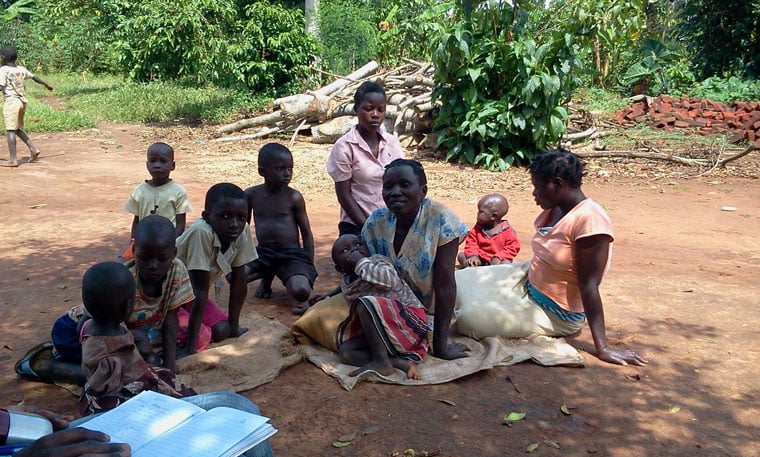- Venomous crustacean from Mayan underwater caves provides new drug candidates
- Improved water quality offsets in growing cities could protect Great Barrier Reef
- Dietary zinc inhibits antimicrobial resistance gene transmission in lab tests
- Signaling pathway provides new insights into how cells recognize and repair DNA damage
- Drier winter habitat impacts songbirds' ability to survive migration
What do you believe is the single most important factor driving up the cost of living in Nigeria?
The 2024 census puts Bukedi Sub-region’s population at 2,376,744, with women (1,206,825) outnumbering men (1,169,919). Tororo (609,117), Busia (412,018), Pallisa (330,961), and Butaleja (312,713) are the most populated districts in the sub-region. Other districts include Budaka (281,106), Kibuku (259,540) and Butebo (171,289).
With about 88.3 percent of households in the sub-region relying on subsistence farming, poverty in Bukedi is only bettered by what is witnessed in Karamoja. Government statistics show that Bukedi’s per capita income stands at 43.7 percent, with a GDP per capita of $135 (about Shs492,583). This is significantly lower than the national GDP per capita of $1,185 (about Shs4,323,781). Bukedi’s poverty rate is 37 percent while the national poverty index currently is 35 percent.
On August 22, President Museveni launched the first Bukedi development strategy plan. Intended to alleviate household poverty in the sub-region, the plan will look to impress upon households the benefits of warming up to cash crops such as coffee, sustainable production methods like nutrient recycling, environmental conservation and irrigation. The aim is to have at least 75 percent of households commercially engaged in the cocoa, poultry, and coffee value chains by 2040.
Masterplan?
The plan set to span 16 years will be at a tune of Shs657.36 billion. The first phase set to run from 2024 to 2030 will need Shs177 billion. The second phase from 2031 to 2036 will take up Shs352 billion. Shs128.36 billion has been earmarked for the third phase from 2036 to 2040. Speaking back in August, President Museveni urged the sub-region to consider local production of cassava starch to stop Uganda’s pharmaceutical sector from looking outward for an ingredient “which is essential for medicine manufacturing.”
















